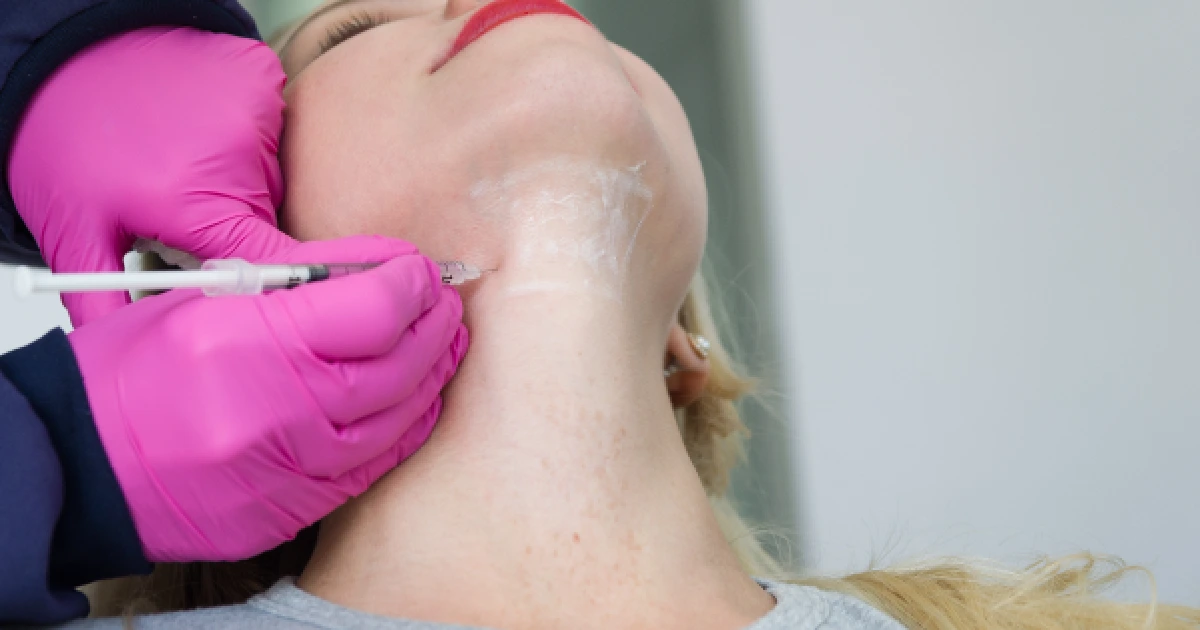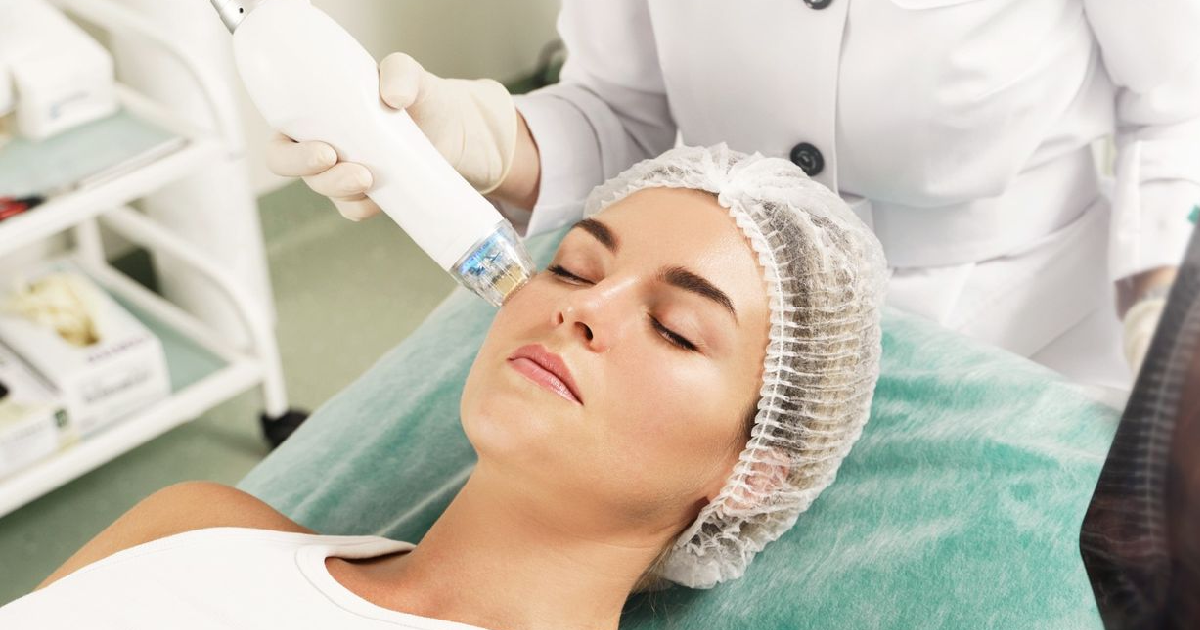Have you ever wondered how dermal fillers work magic in restoring volume and smoothing wrinkles? If you’ve been curious about these popular cosmetic treatments and their ability to rejuvenate the skin, you’ve come to the right place. This blog will delve into the fascinating world of dermal fillers, explicitly focusing on hyaluronic acid fillers and Sculptra, and uncover the secrets behind their remarkable effects.
Dermal fillers have gained significant popularity in recent years as a non-surgical solution for those seeking to combat the signs of aging and achieve a more youthful appearance. While you may have heard about the remarkable results they can produce, understanding their underlying mechanisms can add a new dimension to your understanding and give you the necessary perspective to make the right decision.
How Hyaluronic Acid-Based Fillers And Sculptra Work
Hyaluronic acid-based fillers and Sculptra are two popular options among dermal fillers. While both effectively rejuvenate the skin, they work in different ways to restore volume and smooth wrinkles.’
Hyaluronic acid-based fillers
As the name suggests, hyaluronic acid-based fillers utilize hyaluronic acid—a naturally occurring substance in the body—to achieve their remarkable effects. Hyaluronic acid uniquely attracts and retains moisture, contributing to the skin’s hydration and suppleness. In fillers, hyaluronic acid is cross-linked to create a gel-like consistency that can be injected into specific face areas.
When hyaluronic acid-based fillers are injected into the skin, they immediately replenish lost volume and plump up areas affected by wrinkles and fine lines—the gel cushions, supporting the skin and restoring its youthful contours. Additionally, hyaluronic acid fillers stimulate the production of collagen—a protein that provides structural support to the skin. The increased collagen production further enhances the skin’s elasticity and firmness, leading to longer-lasting results.
Sculptra
On the other hand, Sculptra, also known as poly-L-lactic acid filler, takes a unique approach to rejuvenate the skin. Unlike hyaluronic acid fillers, Sculptra does not provide immediate volume or wrinkle correction. Instead, it stimulates the skin’s natural collagen production over time, gradually improving its texture and restoring lost volume.
When Sculptra is injected into the deeper layers of the skin, its biocompatible microspheres initiate a neocollagenesis process. This process triggers the body’s natural response to produce new collagen fibers, strengthening the skin’s structure. As collagen continues to develop, it replaces lost volume and improves the appearance of wrinkles and fine lines. The results of Sculptra are not immediate, but they unfold gradually, resulting in a more natural and subtle enhancement.
Common Treatment Areas for Hyaluronic Acid Fillers And Sculptra
Both hyaluronic acid fillers and Sculptra offer versatile treatment options for various areas of the face, allowing individuals to address specific concerns and achieve desired results. Let’s explore the common treatment areas for these two types of dermal fillers:
Hyaluronic Acid Fillers
- Nasolabial Folds: The nasolabial folds, also known as smile lines, are the lines that extend from the sides of the nose to the corners of the mouth. Hyaluronic acid fillers can soften these folds, restoring a more youthful and smoother appearance to the mid-face region.
- Marionette Lines: Marionette lines are the vertical lines that run from the corners of the mouth down to the chin, often giving the appearance of a downturned mouth. Hyaluronic acid fillers can help plump up these lines, reducing their visibility and providing a more lifted and youthful look.
- Lips and Perioral Region: Hyaluronic acid fillers are commonly used to enhance the lips, adding volume, definition and improving symmetry. They can also address vertical lip lines and give the perioral region a youthful appearance (around the mouth).
- Cheeks and Temples: Hyaluronic acid fillers can restore volume and contour the cheeks, creating a more lifted and rejuvenated appearance. They can also be utilized to address hollowing in the temples, which is a common sign of aging.
Sculptra
- Cheeks: Sculptra is often used to restore volume and improve the contours of the cheeks, which can naturally diminish with age. By stimulating collagen production, Sculptra gradually enhances, resulting in a more youthful and lifted appearance.
- Temples: Hollowing in the temples can contribute to an aged and tired look. Sculptra injections can help replenish lost volume in this area, rejuvenating the overall facial appearance.
- Jawline: Sculptra can enhance the jawline and provide a more defined and sculpted look. By stimulating collagen growth, Sculptra helps improve the jawline’s contour and creates a more youthful appearance.
The Procedure for Hyaluronic Acid Fillers And Sculptra
While the specific dermal fillers, such as hyaluronic acid fillers and Sculptra, may have different mechanisms of action and durations of effects, the overall procedure for administering these fillers is similar. Both types involve consultations, preparation, injections, and post-treatment care.
Here’s what you can expect:
- Consultation and Assessment: You will consult a qualified practitioner before the treatment. They will evaluate your concerns, discuss your aesthetic goals, and assess your medical history to ensure you are an eligible prospect for dermal fillers. The practitioner will also examine the treatment areas and determine the type and amount of filler required.
- Preparing for the Treatment: On the day of the treatment, the practitioner may apply a topical anesthetic or administer a local anesthetic to numb the treatment area. This helps minimize any discomfort or pain during the injection process. The skin will also be cleansed and prepared for the procedure.
- The Injection Process: The practitioner will carefully inject the dermal filler into the predetermined treatment areas using a fine-gauge needle or a blunt cannula. They will employ specific injection techniques to achieve precise placement and desired results. You may feel some pressure or mild discomfort during the procedure, but the numbing measures should minimize pain.
- Post-Treatment Care and Recovery: After the injections, the practitioner may gently massage the treated areas to ensure even filler distribution and shape it according to the desired outcome. They will provide you with aftercare instructions, which may include avoiding excessive touching of the treated areas, applying ice packs to minimize swelling, and avoiding strenuous activities for a short period. Follow these instructions for optimal results and to reduce any potential side effects.
Takeaway
Are you ready to rejuvenate your appearance and restore your confidence? Look no further than RenovoMD, your trusted destination for top-notch aesthetic treatments. With our adept team of professionals and state-of-the-art approaches, we are determined to help you achieve your desired results.
Whether considering hyaluronic acid fillers, Sculptra, or other innovative treatments, RenovoMD offers personalized solutions tailored to your needs. Call or contact us today and receive the best treatments!



